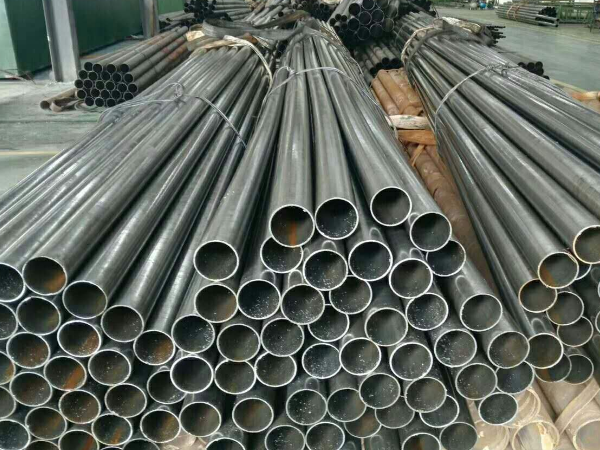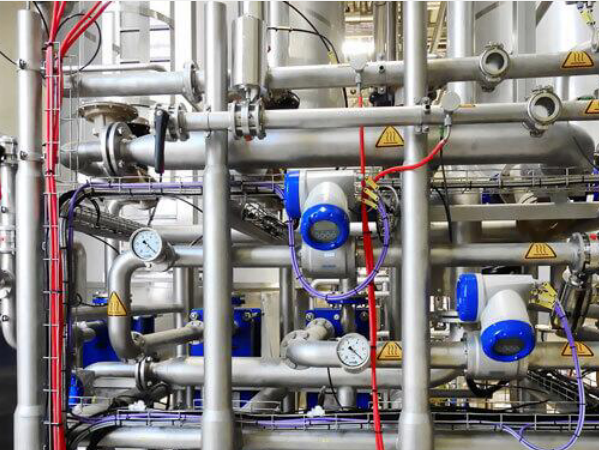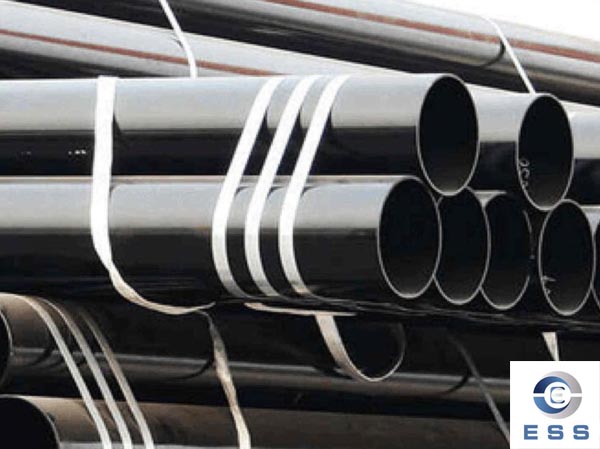1. Cleaning of seamless pipe
Use solvents and emulsions to clean the surface of wear-resistant pipes, wear-resistant ceramic pipes, ceramic pipes, and ceramic composite pipes to remove oil, grease, dust, lubricants and similar organic substances, but it cannot remove rust, oxide skin, Welding flux, etc., so it is only used as an auxiliary means in anti-corrosion production.
2. Tools for rust removal of seamless steel pipes
Mainly use tools such as wire brushes to grind the surface of steel, which can remove loose or raised oxide scale, rust, welding slag, etc. The rust removal of hand tools can reach Sa2 level, and the rust removal of power tools can reach Sa3 level. If the steel surface adheres to a firm iron oxide scale, the rust removal effect of the tools is not ideal, and the anchor pattern depth required for anti-corrosion construction cannot be reached.
3. Pickling of seamless steel pipes
Generally, two methods of chemical and electrolysis are used for pickling treatment, wear-resistant pipes, wear-resistant ceramic pipes, ceramic pipes, and ceramic composite pipes are only treated with chemical pickling, which can remove oxide scale, rust, and old coatings, and sometimes can be used as a Reprocessing after sandblasting and rust removal. Although chemical cleaning can make the surface achieve a certain degree of cleanliness and roughness, its anchor pattern is shallow and it is easy to cause pollution to the environment.
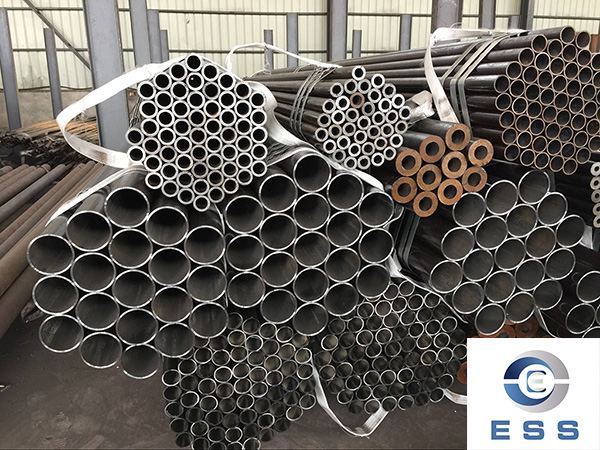
There are three ways to clean the substances in the pipeline:
chemical cleaning
The chemical cleaning pipeline is to use chemical agents to temporarily transform the pipeline. The temporary pipeline and the circulating pump station can be used to perform circulating chemical cleaning from both ends of the pipeline. It has the characteristics of high flexibility and no requirement for pipe shape, fast speed and thorough cleaning. The traditional chemical method to clean the ash tube has two types: circulating cleaning and open-circuit cleaning. Circulating cleaning is to use two original parallel ash discharge pipelines to form a loop to form a circulating system with the cleaning pump station, adding a certain concentration of acid and corrosion inhibitor for circulating cleaning, and when the acidity drops to a certain level, it is necessary to continuously add acid.
If there are no two ash pipes to form a loop during cleaning, only a single ash pipe can be used for open-circuit cleaning. The method is to connect one end of the ash pipe to the cleaning pump station, continuously prepare a certain concentration of acid solution in the liquid dispensing tank, add corrosion inhibitors, etc., and inject it into the ash pipe continuously or intermittently. Due to the reaction of scale and acid, a large amount of gas is generated, which will accumulate in the high point of the pipeline loop or the upper part of the pipeline, so that the scale in the pipe cannot fully contact and react with the cleaning liquid. Therefore, when cleaning, add some exhaust valves at the high position of the pipeline and exhaust them immediately. However, because the pipeline is very long, it is often difficult to clean it. After cleaning, there is still a small amount of residual scale on the upper part of the pipeline, and sometimes there is too much residual scale on the top, which will cause collapse, resulting in a serious accident of blocking the pipe. Therefore, the prominent problem of traditional chemical cleaning of ash discharge pipelines is how to eliminate air resistance and prevent collapse.
High pressure water cleaning
Use high-pressure water above 50Mpa to set the flow, and carry out high-pressure water set-up and stripping cleaning of the dirt on the inner surface of the pipeline. Mainly used for short-distance pipelines, and the diameter of the pipeline must be greater than 50cm. The technology has the characteristics of high speed and low cost.
PIG pigging
The PIG industrial pigging technology relies on the driving force generated by the pump to push the fluid to drive the PIG (pipe pig) to push forward in the pipe, and discharge the dirt accumulated in the pipeline out of the pipe, so as to achieve the purpose of cleaning. This technology is widely used in cleaning projects such as various process pipelines, oil and gas pipelines in oil fields, etc. It is irreplaceable for pipeline cleaning of long-distance fluid transportation.
Read more : Finishing defect of seamless carbon steel pipe and its prevention









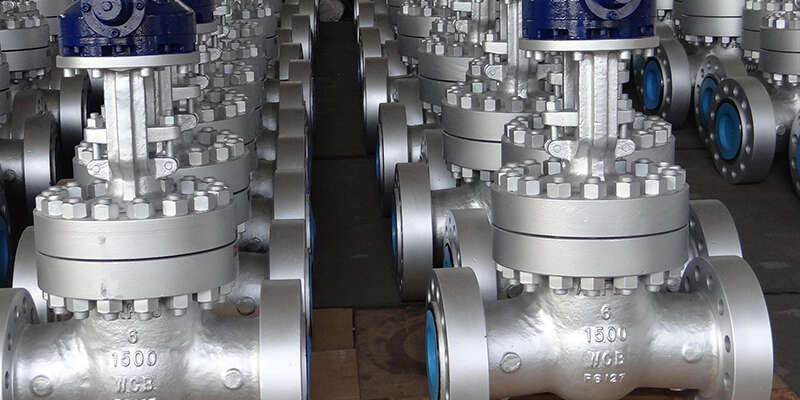
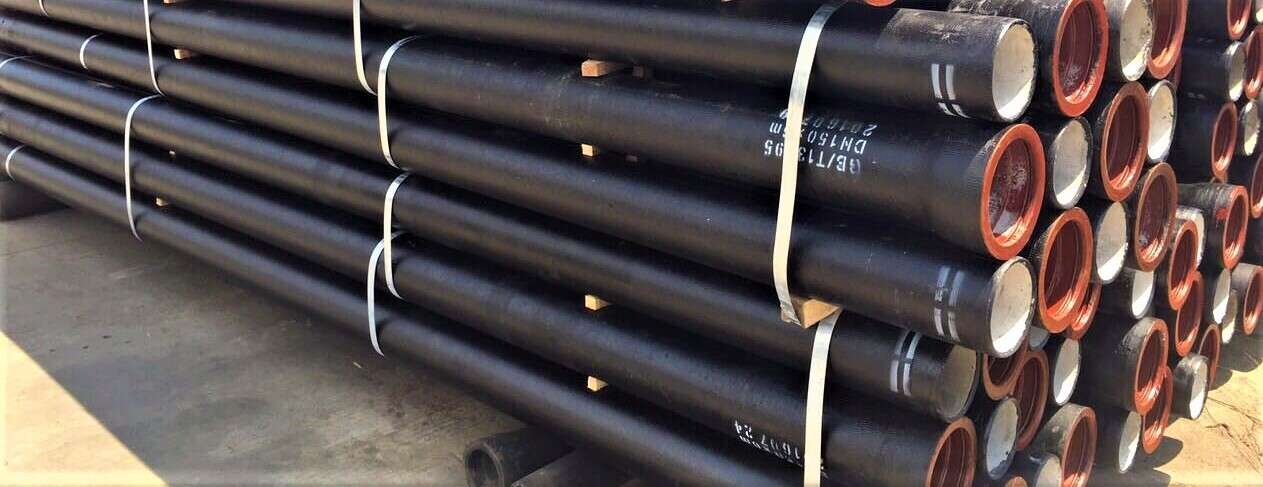


 Eastern Steel Manufacturing Co., Ltd no solo mejora la producción de productos y los servicios de venta, sino que también brinda servicios adicionales de valor agregado. Siempre que lo necesite, podemos completar sus necesidades específicas juntos.
Eastern Steel Manufacturing Co., Ltd no solo mejora la producción de productos y los servicios de venta, sino que también brinda servicios adicionales de valor agregado. Siempre que lo necesite, podemos completar sus necesidades específicas juntos.







